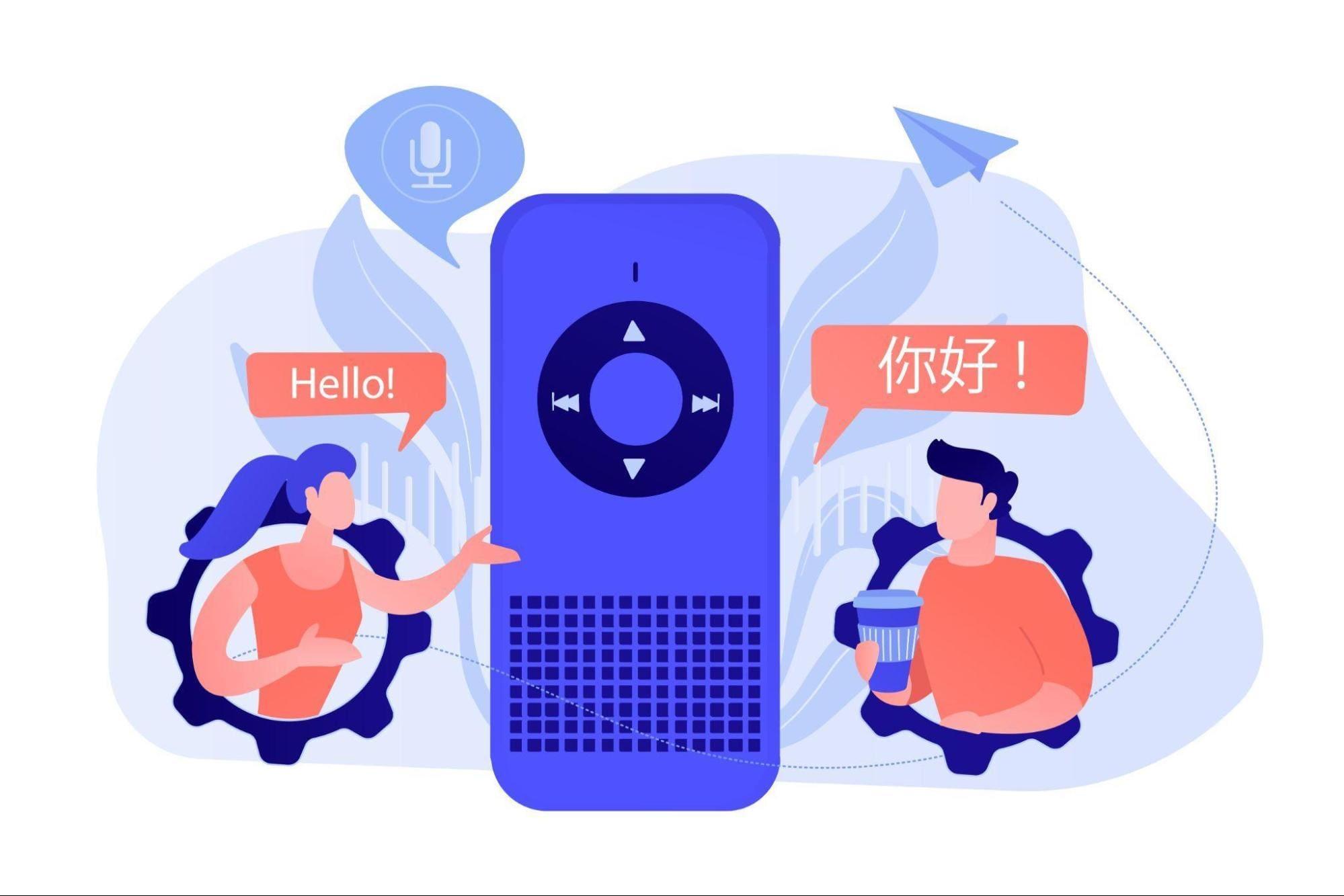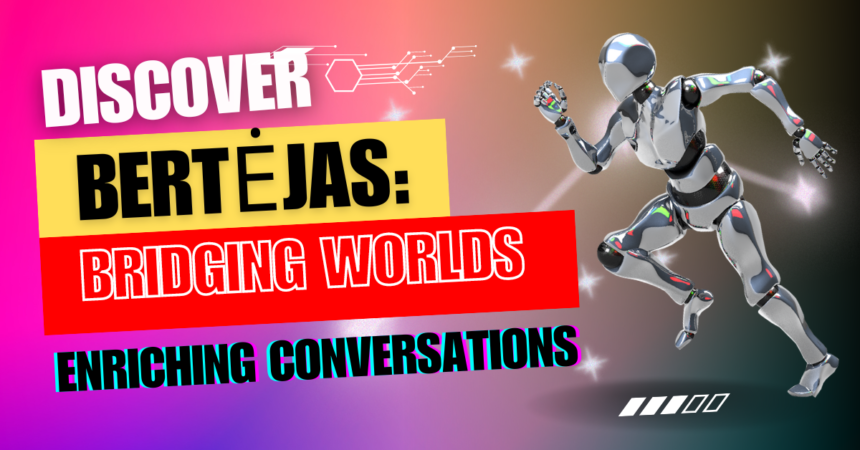Introduction:
In our interconnected world, where communication knows no bounds, the need for effective translation tools has become more vital than ever. Enter Bertėjas, a powerful tool designed to break down language barriers and facilitate seamless communication across different linguistic landscapes. The term “Bertėjas” is rooted in Lithuanian language, translating to “translator” or “interpreter” in English. But Bertėjas is more than just a simple translation tool; it signifies a major advancement in the realm of natural language processing (NLP).
What Is Bertėjas?
Bertėjas is a versatile translation tool designed to facilitate seamless communication across different languages, with a particular emphasis on Lithuanian. The word “Bertėjas” itself is derived from the Lithuanian verb “berti,” which means “to speak, communicate, or translate”. As a translation tool, Bertėjas employs advanced technology, including neural network architectures such as the Transformer model, to provide accurate and efficient translations. These algorithms enable us to understand and process language contextually, resulting in translations that are faithful to the original meaning while maintaining grammatical accuracy.
How Does Bertėjas Work?

- AI-Powered Translation:
- It leverages artificial intelligence (AI) to provide real-time language translation.
- It uses neural networks and deep learning to analyze whole sentences and documents when translating between languages.
- The underlying architecture is based on transformer models, which have revolutionized NLP tasks.
- Contextual Understanding:
- Unlike traditional translation tools, Bertėjas considers the context of the text being translated.
- It takes into account not only individual words but also the surrounding phrases and nuances.
- Multilingual Support:
- It supports a wide range of languages, making it a versatile tool for global communication.
- Users can seamlessly translate content from English to Lithuanian, or vice versa, and across many other language pairs.
- Accuracy and Efficiency:
- Thanks to its AI-driven approach, Bertėjas aims for high accuracy in translations.
- It provides efficient and reliable results, whether you’re translating a short phrase or an entire document.
Applications of Bertėjas
1. Cross-Cultural Collaboration
It plays a crucial role in fostering collaboration across cultures. Whether it’s business negotiations, academic research, or artistic endeavors, it enables individuals from different linguistic backgrounds to communicate effectively. Imagine a team of researchers collaborating on a groundbreaking study—Bertėjas ensures that language barriers don’t hinder progress.
2. Travel and Tourism
When exploring new countries, travelers often encounter language challenges. It acts as a reliable travel companion, helping tourists communicate with locals, read signs, and order food. From deciphering menus to asking for directions, Bertėjas bridges the gap and enhances the travel experience.
Multilingual Content Creation
Content creators, marketers, and bloggers benefit from Bertėjas when targeting diverse audiences. Whether it’s translating blog posts, creating multilingual social media content, or localizing websites, it ensures that messages resonate with readers worldwide.
4. Language Learning and Education
It aids language learners by providing instant translations and context. Students studying foreign languages can use it to verify their understanding, learn new vocabulary, and explore idiomatic expressions. Teachers can incorporate Bertėjas into language classrooms, making lessons more interactive and engaging.
5. Legal and Medical Fields
In legal proceedings and medical consultations, accurate communication is critical. It assists lawyers, doctors, and interpreters by providing precise translations of legal documents, medical histories, and patient instructions. It reduces misunderstandings and ensures clarity.
In our ongoing efforts to enhance the Bertėjas system, we’ve integrated insights from our work with Divijos and Retroya. These collaborations have significantly contributed to refining our approach and expanding our technological capabilities.
Challenges Faced by Bertėjas

- Ambiguity and Context:
- Language is inherently ambiguous, with words and phrases having multiple meanings depending on context.
- It must grapple with disambiguation, especially when translating idiomatic expressions, metaphors, or culturally specific terms.
- Rare Languages and Dialects:
- While Bertėjas supports many languages, it may struggle with less common or regional dialects.
- Maintaining accuracy across diverse linguistic variations poses a challenge.
- Nuances and Cultural Sensitivity:
- Translating isn’t just about swapping words; it involves capturing cultural nuances.
- Bertėjas must navigate cultural differences, tone, and politeness levels to provide contextually appropriate translations.
- Domain-Specific Knowledge:
- Technical, scientific, or specialized content requires domain-specific knowledge.
- Bertėjas might misinterpret jargon or fail to convey precise meanings in such cases.
Despite these challenges, Bertėjas continues to evolve, pushing the boundaries of what’s possible in language translation. As we explore the intricacies of communication, Bertėjas remains our steadfast companion, striving to bridge gaps and foster understanding.
Conclusion:
As technology continues to advance, Bertėjas and similar language models hold immense potential. Researchers and engineers are constantly working to enhance their capabilities. In the rapidly evolving field of natural language processing (NLP), exciting developments are on the horizon. Researchers will continue fine-tuning models like Bertėjas for specific domains, enhancing their versatility. Efforts to address biases and promote fairness will lead to ethical improvements, ensuring responsible AI usage.
Additionally, multimodal integration—combining text with other modalities such as images or audio—will provide a richer understanding of context. Users will have the ability to customize models to meet their specific needs. As computational resources improve, we’ll witness even larger models capable of handling more complex tasks, pushing the boundaries of what AI can achieve across various applications.
In conclusion, Bertėjas is a groundbreaking development in natural language processing and its journey is just beginning. Its multilingual capabilities, applications, and potential for the future are significant, but we must navigate challenges and ethical considerations carefully. What exciting developments do you anticipate in the field of natural language processing?




